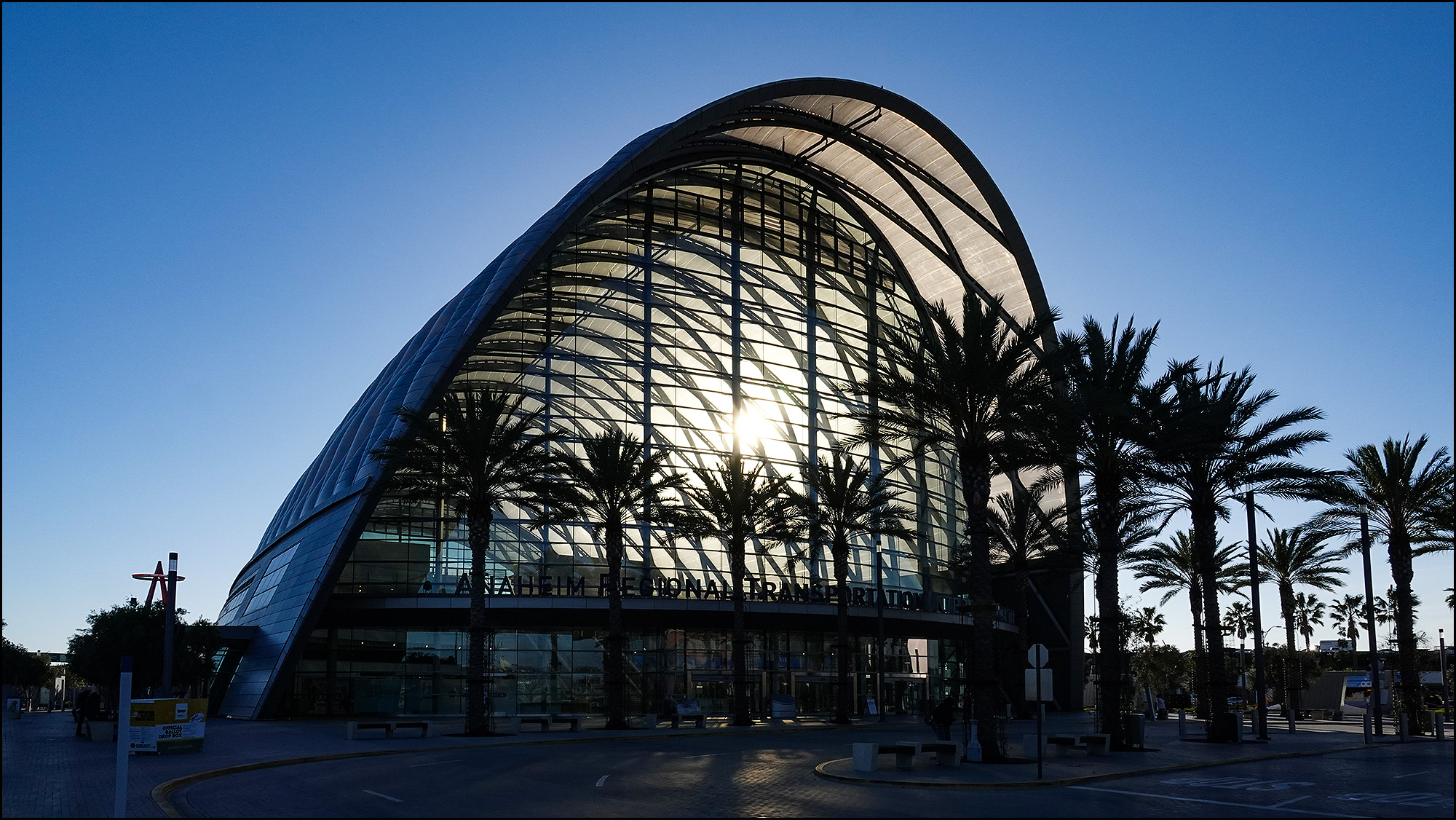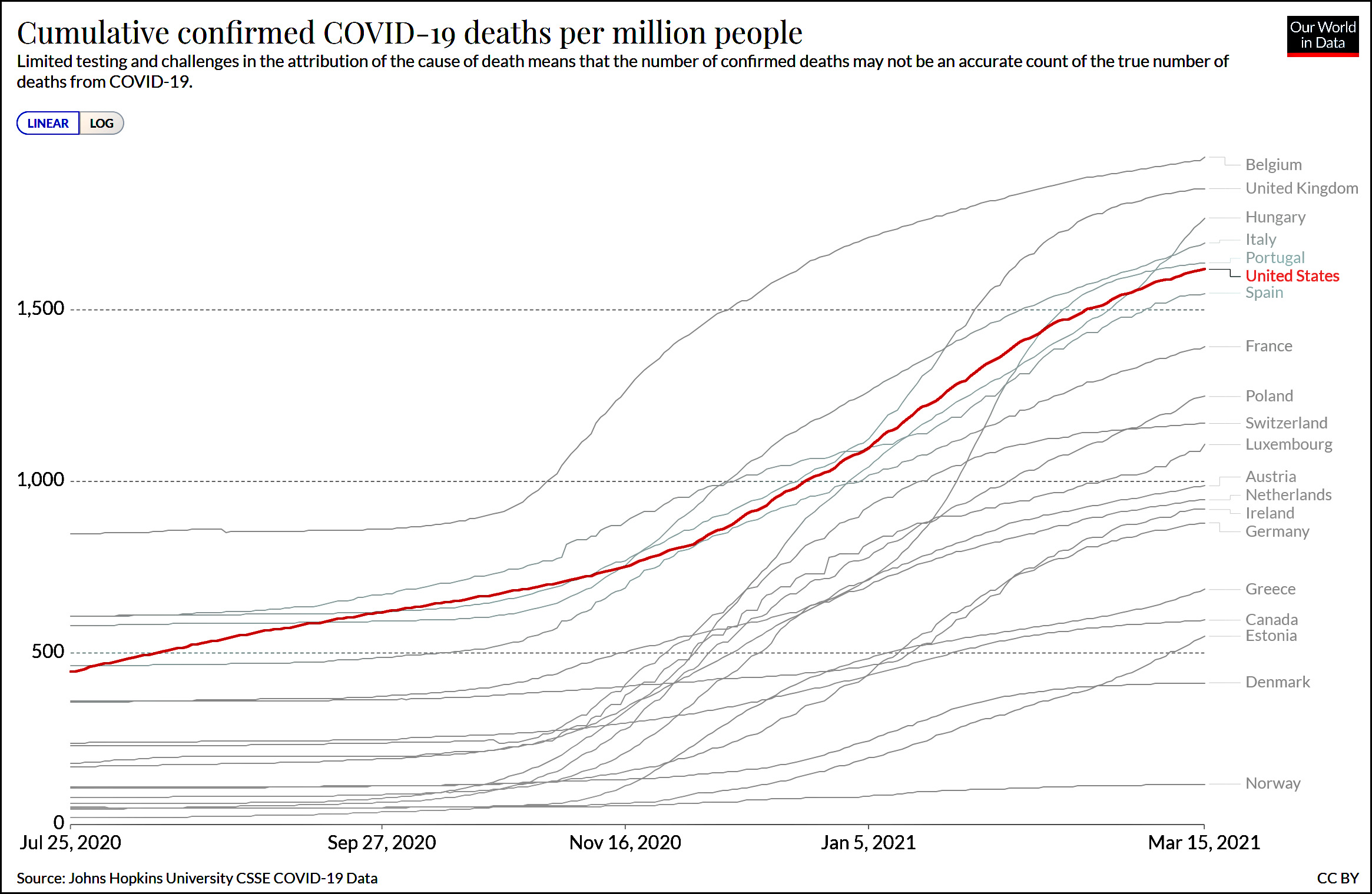Here are some flowers floating in the birdbath in our front yard. Needless to say, the picture was then put through a couple of Photoshop filters, which might or might not do anything for you. But I like it.

Cats, charts, and politics

Here are some flowers floating in the birdbath in our front yard. Needless to say, the picture was then put through a couple of Photoshop filters, which might or might not do anything for you. But I like it.

The Biden administration has agreed to supply Mexico with excess doses of the coronavirus vaccine, and Mexico is moving to help the United States contain a migration surge along its southern border, according to senior officials from both countries involved in the conversations.
The decision to send Astra-Zeneca vaccine to Mexico, and to Canada, is expected to be announced Friday. Mexican President Andrés Manuel López Obrador and Canadian Prime Minister Justin Trudeau had asked President Biden to help them fill vaccine shortfalls in recent talks.
The AZ vaccine is safe and effective, but it hasn't gone through FDA approval yet so it can't be used in the US. At the same time, we seem to have enough of the Pfizer, Moderna, and J&J vaccines to vaccinate everyone in the country. Helping out our neighbors is the right thing to do with any excess.
And as long as we're on the subject of vaccines, here's some data from Gallup going back to 1954:

Americans have always been a little hesitant about new vaccines, and the response to the COVID-19 vaccine is exactly the same as it has been for previous vaccines. Gallup also reports that Republicans have consistently been a little more hesitant toward vaccines than Democrats—although the gap for COVID-19 is larger than usual. However, now that Donald Trump has finally urged everyone to get vaccinated—including those who voted for him!—maybe the Republican number will increase.
Here’s the officially reported coronavirus death toll through March 17. The raw data from Johns Hopkins is here.

My cancer finally did me some good, qualifying me to get vaccinated as soon as things opened up for those under 65. I received the Pfizer vaccine, Lot # EN6207. Here's hoping that was a great lot.
I got the vaccine via Kaiser, which believes in the Disneyland model of handling crowds: put everyone in a short line, and when you're done you turn the corner and there's another short line. I stood in a line to get a clipboard and an information sheet. Then I stood in a line to fill out the sheet and give back the clipboard. Then I went inside and stood in a line to get in the elevator. Then I got in the elevator. Then I stood in a line to get checked in. Then I finally got the vaccination.
It was all very smoothly done, though, and didn't take long at all. Less than an hour altogether. In three weeks I'll get my second dose and I'll be all done.
NOTE TO CRITICS: You can now claim that every opinion I have about the vaccine is only because I've been vaccinated and I no longer care about the rest of you. Have at it!
The Wall Street Journal reports on the experience of Florida, which reopened schools last September:
In the seven months since, Florida schools have avoided major outbreaks of Covid-19 and maintained case rates lower than those in the wider community. Mr. Corcoran said 80% of students in Florida are now attending schools in-person full- or part-time.
....In the last two weeks of February, the daily case rate per 100,000 people was 22 among students and 15 among school staff, compared with 27 in the community, according to the data. In earlier periods going back to October, the student and staff rates were almost always less than half the community rate.
....School reopenings ended up being safer than many feared, said Andrew Spar, president of the Florida Education Association, a teachers union that unsuccessfully sued Florida to try to stop the executive order. But he criticized the state for failing to enforce federal guidelines on mask mandates and air ventilation, and not giving priority to school employees for Covid-19 vaccines.
I'm not sure how much more evidence we need. Both academic research and real-world experience now says the same thing: schools can be reopened with minimal risk and without massive mitigation efforts. Three-foot spacing, masks, and regular testing seem to be enough.
A few exceptions need to be made for teachers and staff who are at high risk and haven't yet been vaccinated, but otherwise there's little reason for teachers unions or anyone else to object to reopening schools. It's time to get kids back in real classrooms, where they belong.
Here are two views of the Anaheim Regional Transportation Intermodal Center, or ARTIC. In the past this would have been merely the Anaheim train station, but these days if a bus line or two comes through then it's magically an intermodal hub.
Still, whatever they call it it's a very pretty building—and it gets even prettier at night.


Here’s the officially reported coronavirus death toll through March 16. The raw data from Johns Hopkins is here.

From Justice Department statistics, here are the arrest rates for various types of crime. They are adjusted for population, and each one shows the arrest rate for Black suspects as a percentage of the arrest rate for white suspects:

For example, the arrest rate for robbery is 500% higher for Black suspects after accounting for their share of the population. At the other end, the arrest rate for drunk driving is slightly lower for Black suspects compared to white suspects.
These statistics are well known. The big question is whether Black arrest rates are higher because (a) Black people commit more crimes or (b) they are targeted at far higher rates by the police. Or, alternatively, because (c) if you adjust for income and education and so forth, the difference goes away. The only way to say for sure is to somehow know the "real" crime rate, but that's not possible. Researchers have nonetheless tried a variety of clever methods to tease out the difference, but the results have been all over the map and are mostly of dubious quality anyway. So we still don't know.
UPDATE: The original version of the chart was a little unclear, so I've relabeled it.
In a tweet thread follow-up to his big COVID-19 piece in New York yesterday, David Wallace-Wells comments on something that ought to be obvious to everyone by now:
But the farther along we've gotten on the pandemic timeline, the clearer it's seemed that America is not nearly the outlier Americans — especially liberal Americans horrified by Trump — have believed it was.
— David Wallace-Wells (@dwallacewells) March 16, 2021
A year on, with vaccines mercifully delivering us into a pandemic endgame, our problems actually responding to the virus seem much bigger, more common and more complicated than Trump. Our journalism should begin to reflect that. (x/x) https://t.co/dcTq3G9euF
— David Wallace-Wells (@dwallacewells) March 16, 2021
A few weeks ago I wrote a post arguing that our response to COVID-19 had actually been pretty good. Unfortunately, I did a lousy job of explaining exactly what I meant by that, and my follow-up post a few days later was only a little better. David's tweet gives me an excuse to give it another try, so here I go.
To put it plainly, I think his first tweet is absolutely right but his second tweet is dead wrong. When I say that our response was "pretty good," what I mean is that I think the basic public health infrastructure of the US responded fairly well. They made mistakes, but for the most part these mistakes were in the very early going when we were truly in the dark about the extent and seriousness of the coronavirus. What's more, it's genuinely unclear whether those mistakes had much of a long-term effect. Does anyone think, for example, that if the CDC had developed a reliable test a few weeks earlier than it did that our mortality spike in December would have been lower? Or that our cumulative death rate would be much different than it is today? I doubt it.
We have a tendency to go nuts over every little thing these days. Our vaccine rollout, for example, has been spectacular, but every day there are multiple stories about how some aspect or another has been mishandled. This kind of constant micro-criticism is understandable when you're dealing with life and death, but that doesn't make it true in any useful sense. The big picture is plain: Generally speaking, we've done really well both in carrying out our plan (healthcare workers first, followed by the elderly) and in our overall speed of approval and delivery (one of the best in the world).
This really and truly does leave us with only one thing that potentially had a large and long-term impact on our response to the virus: Donald Trump. He's the one who initially downplayed it; who touted a wide range of quack cures; who made mask-wearing into a culture war battle; and who insisted on opening up the economy before we were ready—which kept our mortality rate high during the summer while other countries were pushing it down nearly to zero. Trump's malign influence spread to nearly every red-state governor, most of the Republican caucus in Congress, and of course to Fox News. This is truly the big difference between the US and the rest of the West, and the reason that our mortality rate was eventually one of the worst—though not the absolute worst—among our peer countries. Under any other president, things would have been very different.

As for the overall difference in mortality between Asia and the West, the most popular explanation is cultural: following the SARS outbreak of 2003, every country in east Asia became hypersensitive to any viral outbreak centered in China. This wasn't because SARS ended up killing all that many people. It's because China lied so egregiously about what was going on that nobody trusted them anymore. In the aftermath of that, countries in the region got serious about responding instantly to a possible pandemic at practically the first sign that something was happening in China.
That didn't happen in the West, which suffered virtually no SARS fatalities outside of Canada. In fact, it had just the opposite effect: it was widely viewed as just another false alarm. This attitude carried over to 2020, which is why western countries reacted more slowly and more loosely than countries in the vicinity of China.
Needless to say, those days are long gone. Every country in the world is now on high alert, and the mistakes we made in the early days of COVID-19 are unlikely to be repeated thanks to the fact that our public health infrastructure is, in fact, pretty good. The only thing that remains an open question is whether the residents of western countries will put up with the kind of strict lockdowns that have apparently been the key to success in Asia. My personal feeling is that I doubt it. For better or worse, it's just not something we're willing to endure even when the alternative is a higher chance of death.
I get asked about this with some regularity, so here's the answer: Lead poisoning has nothing to do with the overall crime rate these days. Its effects lasted from the mid-60s through about 2010. After that, everyone under 30 had grown up in a low-lead environment and there was little additional improvement to be had.
The past few years have seen some peculiar ups and downs in the violent crime rate, and the murder rate in particular has increased considerably over the past year. There are lots of possible reasons for this, ranging from the statistical to the very real (George Floyd, the COVID-19 pandemic), but at the moment we don't really know the cause.
But it's not lead.